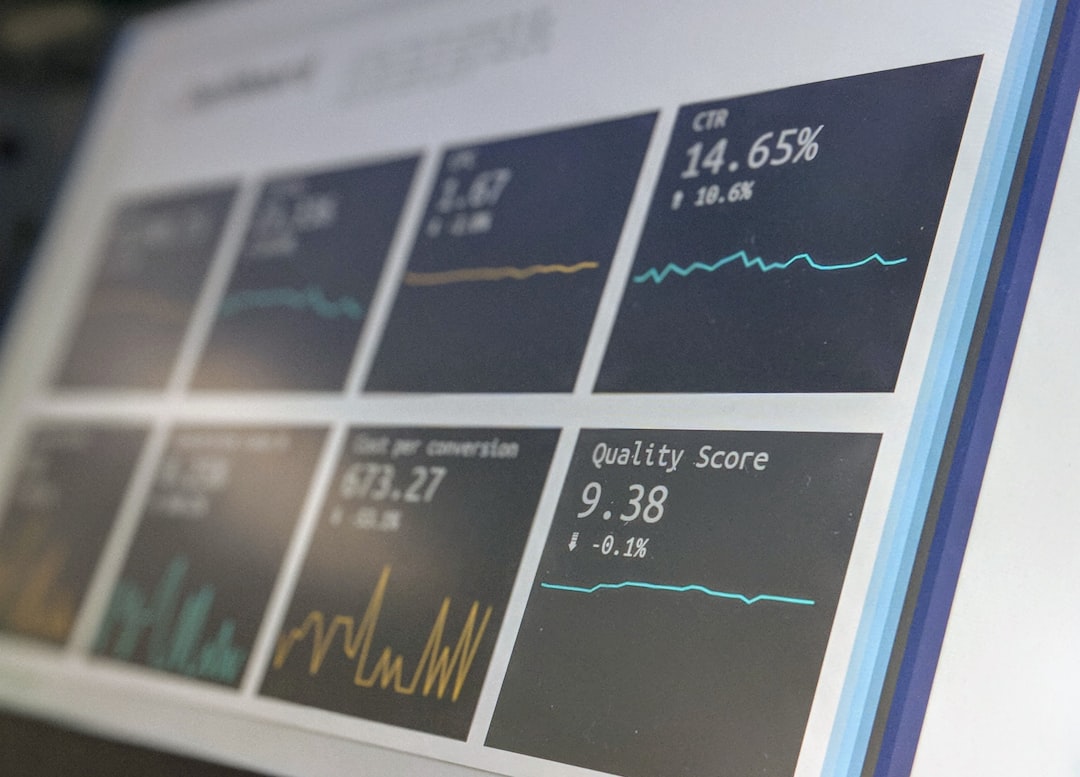
Basics
Decoding Economic Graphs: A Comprehensive Guide to Understanding Charts
Introduction. Understanding economic graphs and charts is essential for anyone who wants to make informed decisions based on data. For businesses, policymakers, and individuals alike, the ability to interpret these visual representations can provide insights that numbers alone cannot convey.
Posted in 11 Mar 2025

Basics
Understanding the Fundamentals of Supply Chain Economics.
Introduction. In today's fast-paced and ever-changing business landscape, understanding supply chain economics is essential for organizations aiming to optimize their operations and achieve competitive advantage. Supply chain economics encompasses the study of how resources move, are managed, and interact within the supply chain, influencing production, pricing, and profitability.
Posted in 10 Mar 2025

Basics
How Taxes Impact the Economy: A Comprehensive Overview
Introduction. Taxes play a crucial role in shaping a country's economy. While they are often seen as a burden on individuals and businesses, understanding their broader impact can provide valuable insights into how economic systems function.
Posted in 10 Mar 2025

Basics
Understanding Key Economic Concepts: A Beginner's Guide
Introduction. Understanding economics is crucial for making informed decisions in personal finance, investment, and broader business environments. Economics not only influences policymakers but also affects everyday life.
Posted in 09 Mar 2025

Basics
Economics 101: The Basics You Need to Know.
Introduction. Understanding economics is fundamental for anyone who wishes to grasp how our world functions. Whether you’re managing a personal budget, investing in the stock market, or running a business, having a basic grasp of economic principles is invaluable.
Posted in 09 Mar 2025

Basics
The Basics of International Trade: Understanding Global Markets
Introduction. International trade refers to the exchange of goods and services between countries. This complex system plays a vital role in the global economy, allowing countries to access products and resources that may not be available domestically.
Posted in 09 Mar 2025

Basics
Understanding Economic Indicators: What They Mean and Why They Matter.
Introduction. Economic indicators serve as vital statistics that help gauge the health and direction of an economy. They influence everything from governmental policy decisions to individual investment strategies.
Posted in 08 Mar 2025

Basics
Travel Essentials for Beginners: Start Your Journey Right.
Introduction. Traveling is a wonderful adventure, yet for beginners, it can be overwhelming. Understanding what to pack, how to plan your itinerary, and knowing the essentials can make a huge difference in your experience.
Posted in 07 Mar 2025

Basics
Introduction to Environmental Economics: Understanding the Intersection of Economics and Ecology.
Introduction. Environmental economics is a sub-field of economics that develops theoretical and empirical tools to analyze the interactions between economic and ecological systems. This discipline is particularly vital as our world grapples with significant environmental challenges, including climate change, pollution, and resource depletion.
Posted in 06 Mar 2025

Basics
Understanding the Fundamentals of Fiscal Policy.
Introduction. Fiscal policy is a crucial tool used by governments to influence a country's economic activities. Through the management of government spending and taxation, fiscal policy aims to promote economic growth, stabilize prices, and reduce unemployment.
Posted in 06 Mar 2025

Basics
Understanding Unemployment Rates: A Comprehensive Guide
Introduction. Unemployment is a key economic indicator that reflects the health of a country’s economy. Understanding unemployment rates is essential not only for economists but for everyone impacted by job availability, including job seekers, policymakers, and businesses.
Posted in 05 Mar 2025

Basics